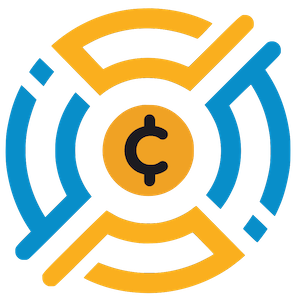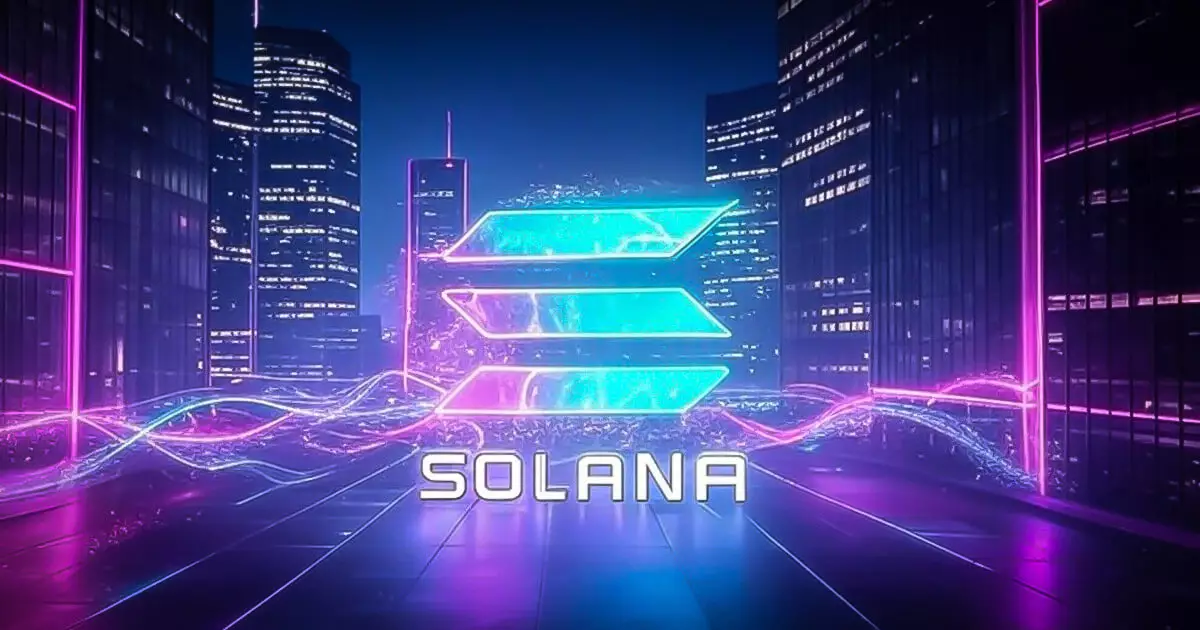In an environment where digital currency mishaps can lead to irreversible losses, Coinbase’s recent announcement about extending its self-service asset recovery tool to the Solana network has ignited hope among crypto users. This innovative feature allows users to reclaim certain unsupported SPL tokens mistakenly sent to their Coinbase addresses without the tedious process of submitting a customer support ticket. Imagine the sigh of relief for those who have felt the gut-wrenching pain of watching their coins slip away into the void of digital oblivion. However, beyond the initial excitement lies a labyrinth of conditions that may leave some users stranded.
Eligibility: A Double-Edged Sword
While the tool is a step forward, Coinbase has been clear about the limits of its recovery capabilities, emphasizing that not all SPL tokens are eligible. This brings to light the necessity for users to exercise diligence in verifying asset eligibility before initiating any recovery attempts. This level of responsibility placed on the user indicates Coinbase’s intention to maintain a robust platform while avoiding potential liabilities associated with unsupported tokens. In essence, while offering a lifeboat, Coinbase effectively ensures that users are aware of the risk of jumping into deeper waters without proper knowledge of their surroundings.
A Journey Through Time: From Ethereum to Solana
Coinbase’s recovery feature did not emerge overnight; it’s the result of painstaking evolution. Initially rolled out for ERC-20 tokens on Ethereum back in December 2022, the service has gradually climbed the ladders of various blockchain networks, including BNB Chain and Polygon. Yet, despite this expanded utility, one cannot help but reflect on the greater implications of this recovery tool. Historically, the crypto landscape has been marred by a lack of accountability in recovering lost assets. This initiative marks not just a technological upgrade but an evolving mindset within the company that acknowledges the frequent mishaps prevalent in the self-custody space.
The Price of Recovery: Advancement Meets Cost
With progress, of course, comes a price. Users seeking to recover amounts greater than $100 will incur a 5% fee on the excess in addition to standard network fees. It’s a thoughtful consideration, yet one must ponder whether this aligns with the ethos of an industry geared towards decentralization and cost-effectiveness. While Coinbase’s decision to implement such fees is likely driven by business sustainability, it raises the question: are we heading toward a model that prioritizes profit over user experience?
The Future: A Potential Minefield of Complexity
As Coinbase hints at broadening recovery services to include more asset types across networks, the potential complexities that come with it cannot be ignored. Users are warned that due to technical constraints, the recovery of all lost tokens isn’t a guaranteed outcome. This uncertainty looms over them—can we rely on technology to salvage our financial missteps, or is the threat of permanent loss still very much alive?
Coinbase’s move to include SPL tokens in its recovery suite is a double-edged sword. It represents a leap towards user empowerment, yet demands a level of vigilance and awareness that may not be readily grasped by every user. As we navigate this brave new world of cryptocurrency, it’s crucial to remain informed and cautious—both as individuals and as a collective community.

